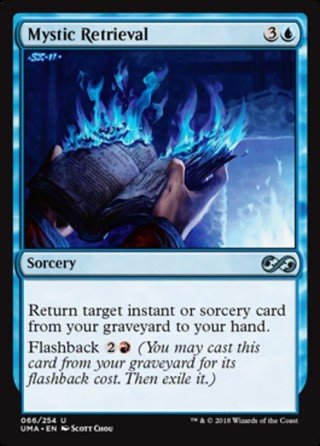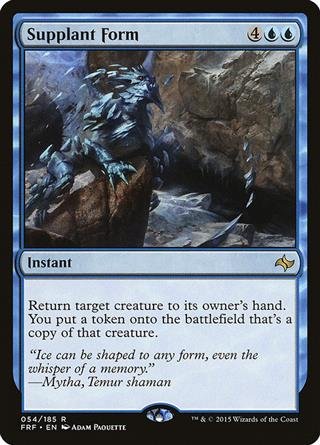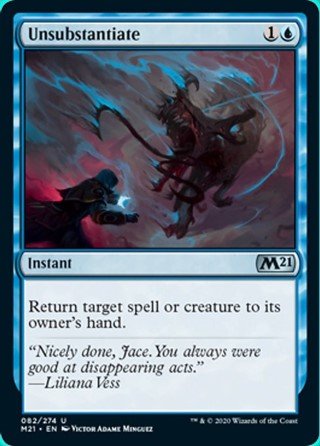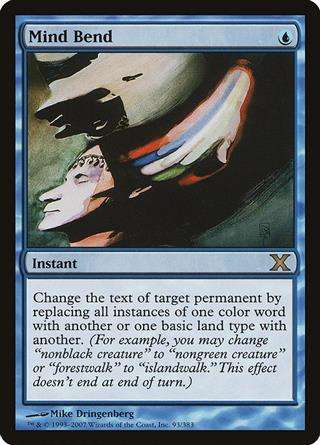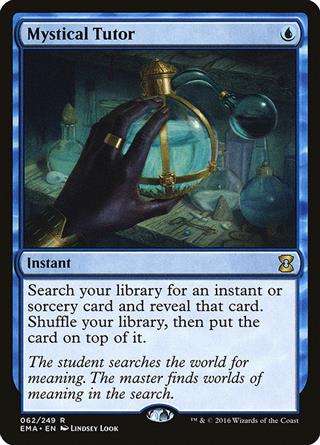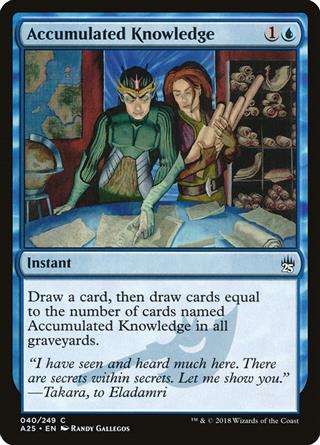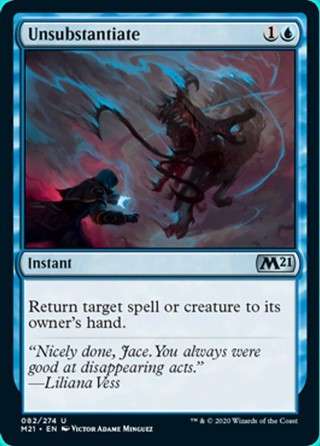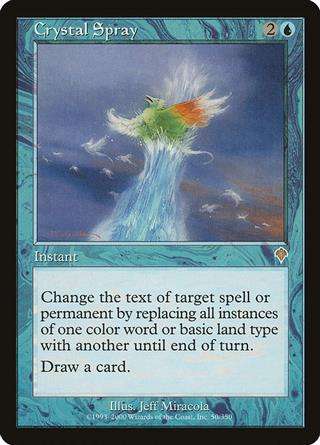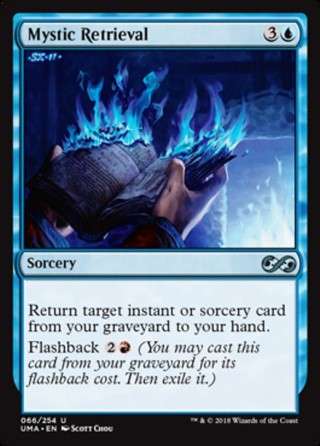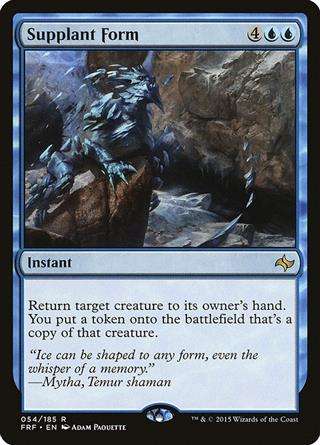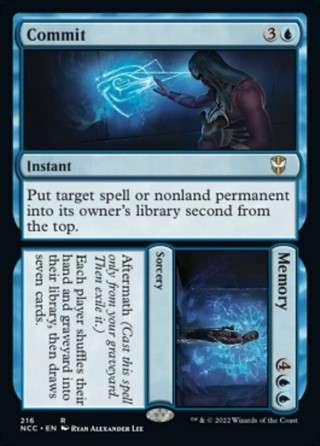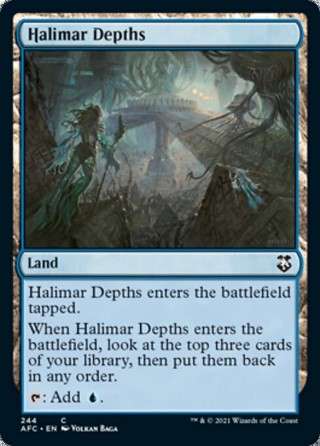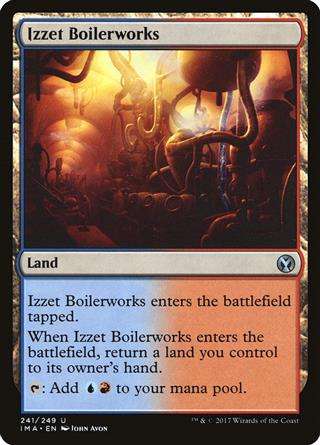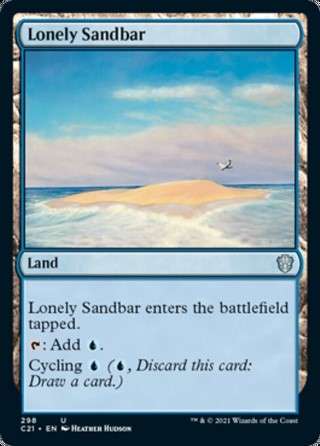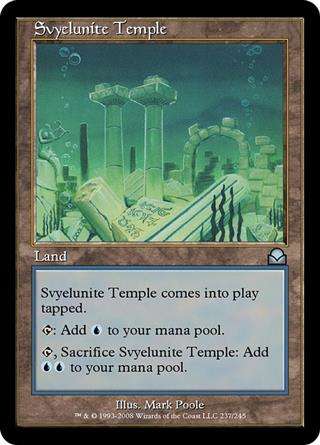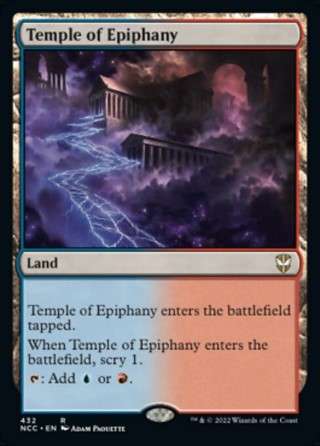How To Play Dandân (AKA Forgetful Fish) In MTG

Gameplay By Cardmarket - Magic
Magic: The Gathering has a plethora of formats, which change the way you play the game, sometimes a little, sometimes a lot. Each one allows players to explore and experience the game the way they like best. As well as keeps things fresh for long-time players and lets even the oddest cards find homes. That said, I want to talk about a unique, lesser-known format that is a blast to play. Today, I'll cover everything you need to know about how to play the Dandan in MTG.
Dandan (also called forgetful fish) is a format where players share the same deck and graveyard. And the only creature in the deck is copies of the namesake card Dandân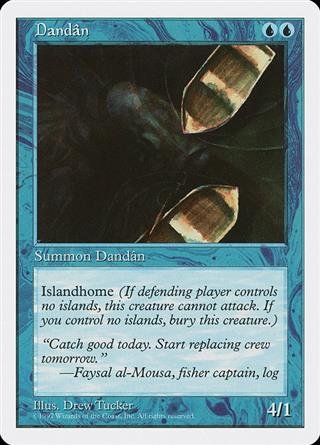 . It's a strange format at first, but it's also one of the most skill-intensive formats I've ever played. Below I'll review the structure, rules, deck-building restrictions, and what makes it so fun. So, get ready for a crash course in the Dandan MTG format. Let's get started.
. It's a strange format at first, but it's also one of the most skill-intensive formats I've ever played. Below I'll review the structure, rules, deck-building restrictions, and what makes it so fun. So, get ready for a crash course in the Dandan MTG format. Let's get started.
What Is The Dandan MTG Format
The Dandan format uses an 80-card deck that is shared between both players. Both players also use the same graveyard. Dandan decks feature 10 copies of the namesake card, Dandân , and eight total copies of Memory Lapse
, and eight total copies of Memory Lapse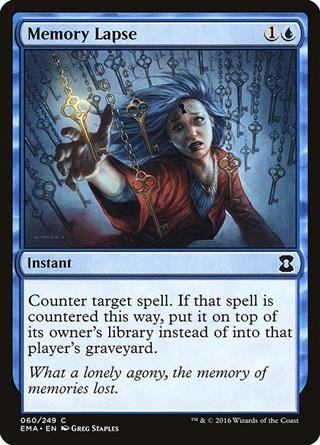 . The format poses unique challenges and is highly skill, thought, and memory intensive.
. The format poses unique challenges and is highly skill, thought, and memory intensive.
Considering that both players share the same deck, top deck manipulation and keeping track of what cards (and how many copies of them) are still in the deck is essential. Memory Lapse , for example, not only counters your opponent's spell but puts it on top of the library for you to draw the next turn if they can't snag it with one of the deck's many instant-speed draw spells, that is.
, for example, not only counters your opponent's spell but puts it on top of the library for you to draw the next turn if they can't snag it with one of the deck's many instant-speed draw spells, that is.
You May Also Like: All MTG Formats Explained - What They Are And How They Work
Aside from the 80-card shared deck, sharing the graveyard, and the 10 Dandân & eight Memory Lapse, the game plays like regular MTG. So, each player starts with 20 life and losses when they hit zero, and you draw one card per turn, etc.
What Makes Dandan Fun?
I've covered some of the concepts of the shared library and how it changes games. A large portion of the deck is cards like Brainstorm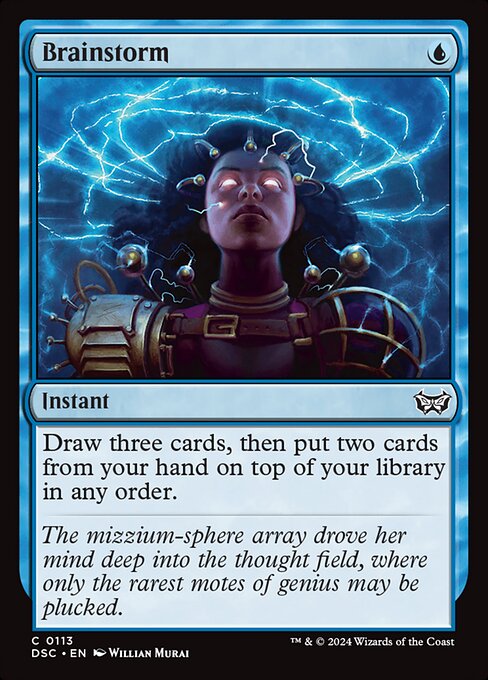 , Metamorphose
, Metamorphose , and Telling Time
, and Telling Time . Sharing a deck makes cards that rearrange the top of the library, not only something that can help you but also a way to hurt your opponent. In my experience, this double-edged sword style of many cards makes everything (even things that are usually simple) become a potentially impactful choice.
. Sharing a deck makes cards that rearrange the top of the library, not only something that can help you but also a way to hurt your opponent. In my experience, this double-edged sword style of many cards makes everything (even things that are usually simple) become a potentially impactful choice.
The same applies to cards that interact with the graveyard, which both players share. For example, cards like Accumulated Knowledge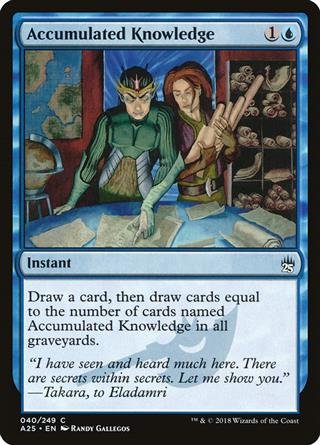 must be used cautiously, as each one you cast could make an opponent's subsequent Accumulated Knowledge even better. Two-for-one situations and tempo plays being in your favor are crucial to victory.
must be used cautiously, as each one you cast could make an opponent's subsequent Accumulated Knowledge even better. Two-for-one situations and tempo plays being in your favor are crucial to victory.
Combat in Dandan is unlike any other format! First, Dandân is the only creature in the deck... But there are 10 copies. So, it's likely to come up several times throughout a game. And considering it's a 4/1, it only takes five hits for lethal damage. This is often called "dandan infect" since it takes so few connections to end the game. This also means that you can track life totals with only two d6 - When someone reaches five hits, you'll know they've lost.
is the only creature in the deck... But there are 10 copies. So, it's likely to come up several times throughout a game. And considering it's a 4/1, it only takes five hits for lethal damage. This is often called "dandan infect" since it takes so few connections to end the game. This also means that you can track life totals with only two d6 - When someone reaches five hits, you'll know they've lost.
Dandân also has two restrictions: It can't attack unless the defending player controls an island, and its controller has to sacrifice it unless they control an island. This is interesting for a few reasons. Let's say you start the game off with a Lonely Sandbar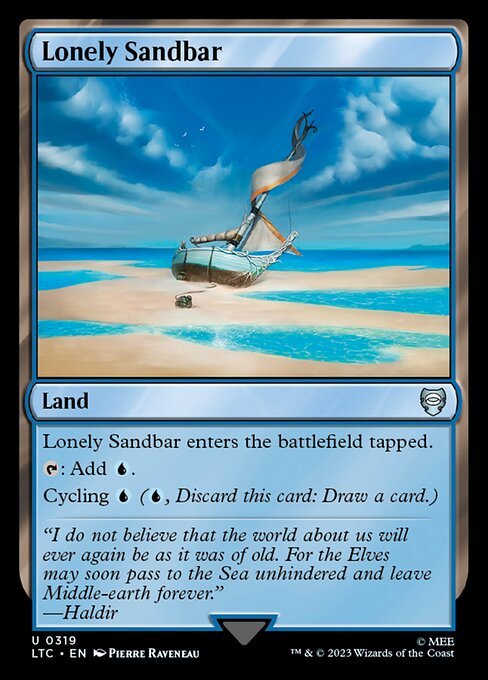 on your first turn and a Temple of Epiphany
on your first turn and a Temple of Epiphany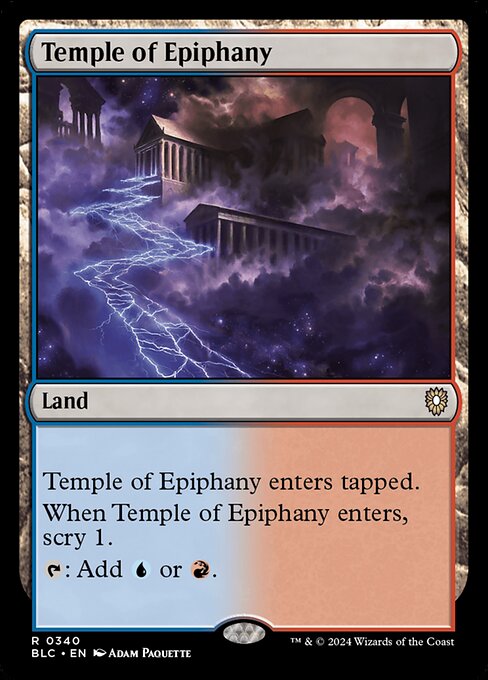 on your second turn. If you were on the play, your opponent could have a Dandân
on your second turn. If you were on the play, your opponent could have a Dandân that can't attack you. And while you'll be temporarily protected from attacks, you won't be able to stick your own fish until you play an island.
that can't attack you. And while you'll be temporarily protected from attacks, you won't be able to stick your own fish until you play an island.
In a Dandan deck, Crystal Spray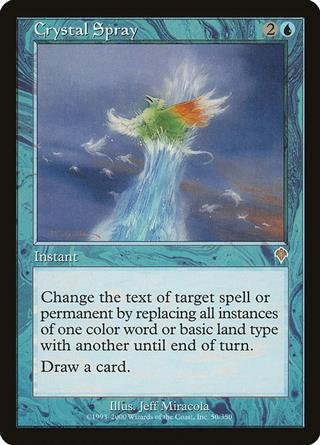 and Vision Charm
and Vision Charm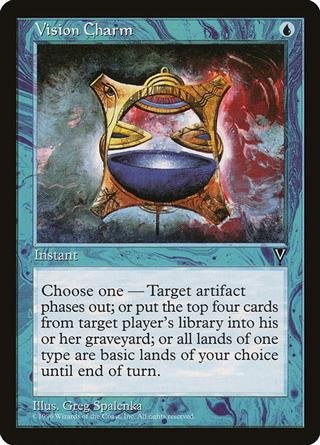 are removal spells. Vision Charm messes with the land types of a player's lands, usually causing them to control no islands and forcing them to sac whatever creatures they have in play. A well-timed charm can be a one-mana, one-sided board wipe if someone has overcommitted to the board.
are removal spells. Vision Charm messes with the land types of a player's lands, usually causing them to control no islands and forcing them to sac whatever creatures they have in play. A well-timed charm can be a one-mana, one-sided board wipe if someone has overcommitted to the board.
Crystal Spray can change the land type that Dandân wants to see. For example, if you chose to change all instances of "island" on Dandân to "forest" for a turn, and they don't control a forest (the only land type in the deck is island), bye-bye Dandân. Both of these spells can be used defensively too. If you've got a massive attack coming your way, Vision Charm
can change the land type that Dandân wants to see. For example, if you chose to change all instances of "island" on Dandân to "forest" for a turn, and they don't control a forest (the only land type in the deck is island), bye-bye Dandân. Both of these spells can be used defensively too. If you've got a massive attack coming your way, Vision Charm can blank it by making you control a different land type. Just be sure to cast it before attacks.
can blank it by making you control a different land type. Just be sure to cast it before attacks.
Diminishing Returns is one of the more impactful cards and one of the few cards that can even things out if someone falls behind. But even here, three are other considerations. In a shared deck, with mostly two-ofs, exiling the top 10 cards can remove many key pieces from the mix.
is one of the more impactful cards and one of the few cards that can even things out if someone falls behind. But even here, three are other considerations. In a shared deck, with mostly two-ofs, exiling the top 10 cards can remove many key pieces from the mix.
You're probably starting to pick up that nothing in the deck is an "autocast" card. You'll always have to stop and think, "Do I want to play this or hold it?" Which is not true of most MTG experiences. Even the most non-linear decks usually have a few cards you'll want to slam as early as possible.
So, we've covered how to play Dandan in MTG and what makes it so fun, so let's look at an actual deck list.
Deck List
Dandan
Main 80 cards (23 distinct)
| Instant, Sorcery, Enchantment, Artifact (38) | |||
|---|---|---|---|
| $0.30€0.200.04 | |||
| $1.99€2.83 | |||
| $0.50€0.32 | |||
| $10.98€5.090.02 | |||
| $0.59€0.320.04 | |||
| $2.18€1.200.04 | |||
| $0.99€0.930.02 | |||
| $12.59€8.170.22 | |||
|
2
Predict
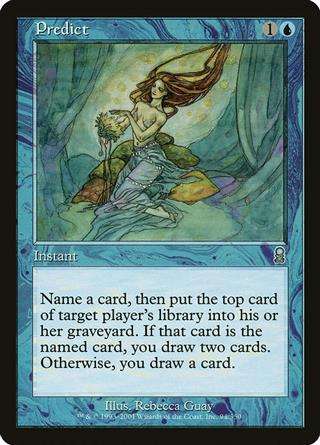
|
$1.35€1.130.04 | ||
| 0.06 | |||
| $0.69€0.550.02 | |||
| $0.25€0.190.03 | |||
| $1.08€1.360.29 | |||
| $4.55€3.050.02 | |||
| $0.31€0.160.04 | |||
| Creature (10) | |||
|
10
Dandân

|
$1.49€1.46 | ||
| Land (32) | |||
| $0.50€0.72 | |||
|
20
Island

|
$0.200.03 | ||
| $0.35€0.220.04 | |||
| $0.25€0.140.05 | |||
| $0.25€0.11 | |||
| 0.04 | |||
| $0.35€0.38 | |||
Conclusion
All-in-all, the things I've mentioned all come together to make the format one of the more skill-intensive formats in the game. You're playing the same deck, the same graveyard, and you get used to playing around certain cards. To win, you'll have to think turns in advance and get ahead through clever play and slight, incremental advantages.
If you get good at Dandan, you'll improve at every other format you play. In my experience, playing the format often makes you start to play around cards in other matchups. You'll begin to intuitively track how many copies of something have been played and how many may be in a deck. And you'll naturally get better at extracting value and advantage from wherever possible, even when things are parity. If you've never played Dandan, try it - You won't regret it.


